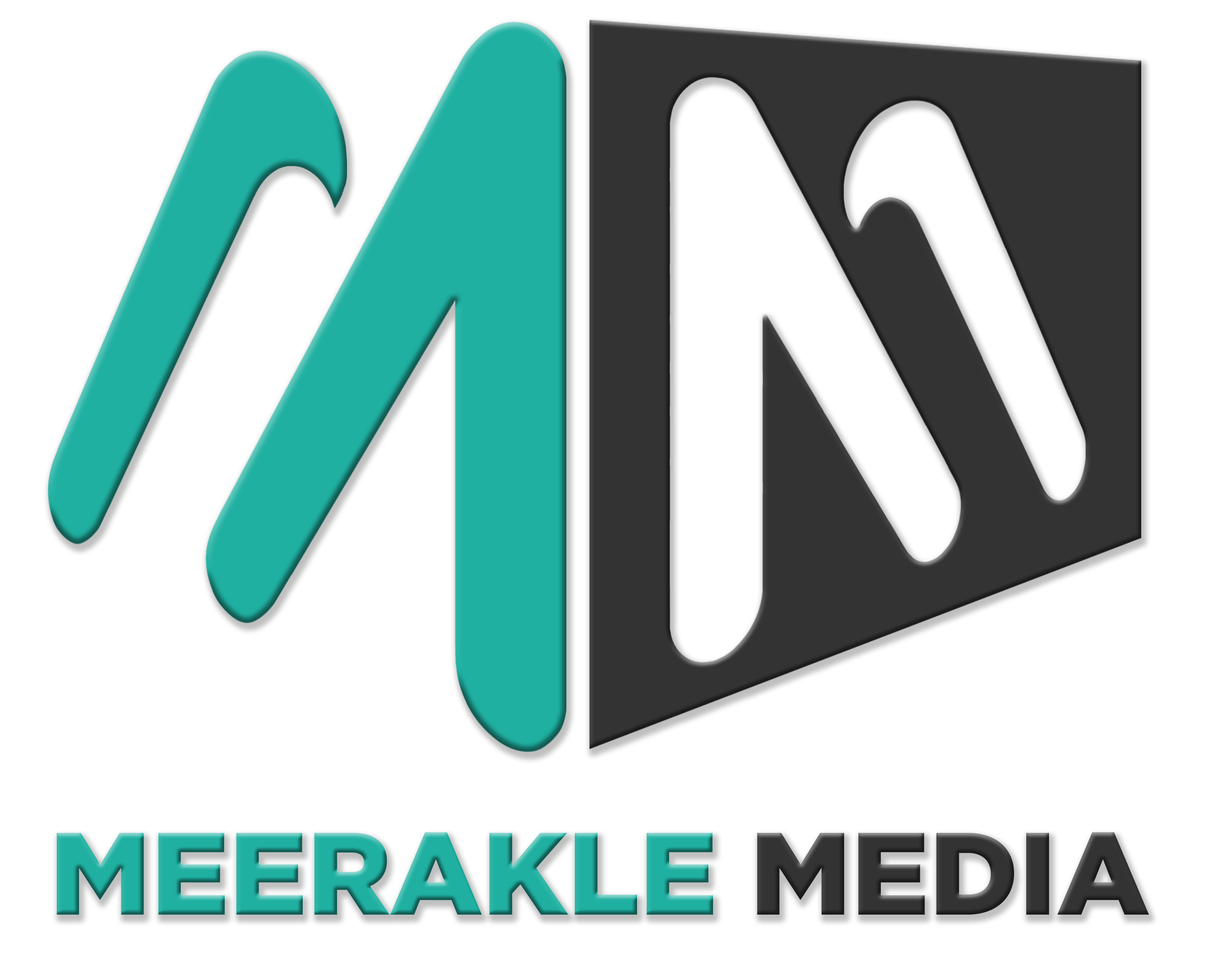A successful infographic tells a compelling tale and is remembered. They can provide guidance, explanations, or information. However, since this is about developing relationships, neither the time nor the place is suitable for calls to action (CTAs) and other sales approaches. Consider them a small gift you are presenting to a specific group of people to stake your claim to a portion of their hearts and thoughts.
Our generation is characterized by extreme information overload. In addition to taking in information, you also produce content for other people. You must produce content in such circumstances that accelerates conversion in an instant. Compared to a block of text, it dramatically increases user engagement. Massive data can be distilled so your audience can find you first.
Let’s look at the infographic design dos and don’ts.
Do’s
Keep it simple.
Overstuffed statistics and statements are something we see much too frequently. The information you deliver should be straightforward, concise, and easy to understand. Try breaking up the message you want to convey into manageable chunks that yet work together and can contribute to telling the story as a whole if it has several moving parts.
Do produce engrossing visuals and data visualizations.
Occasionally, measures or statistics don’t easily fit into a bar chart or a pie chart. Without charts, typography, metaphors, and icons can all be used to demonstrate a message. Just watch out that they aren’t too arbitrary; everything you do should still have a reason behind it.
Do make use of suitable metaphors.
Proper images are crucial since readers can occasionally become perplexed by abstract ideas and references. However, you want to ensure your message is not easily overlooked. They do have their place. You must utilize the right charts and ratios to convey the information. Make the most of reader prejudice to avoid misleading your audience. Pie charts are used to represent 100% of something, but bar charts can be used to represent a broader range of data.
Don’ts
Don’t rely too heavily on stock templates and internet developers.
There are countless free infographic creation tools available online. While templates may make it simple for you to acquire attractive visuals and colors, they can swiftly undercut your message if they are not appropriate for your audience or your main narrative.
Don’t worry about the size of your infographic.
Having excessively long infographics that looked to scroll on for hours was trendy a few years ago when infographics were swiftly gaining popularity. It came as a surprise back then. Shorter infographics are more successful today; thus, it’s a terrible practice. Again, keep your story straight.
Ignore the sources you are using.
The sources may be cited in a footer section or in close proximity to the graphs or data points. Although it’s not required by law to cite your sources, doing so will make your content more reputable and your business more reliable.
Final Thoughts
Don’t you think your digital marketing strategy needs to include this medium? Rethink that! Infographics are a fantastic method to communicate complex information about your products and services or a survey you’ve performed. Still, they can offer behind-the-scenes details about your business’s operations or culture. Infographics may be utilized as a strong lead magnet, as a tool to express your employer’s brand and to help you build brand recognition with the right strategy.




